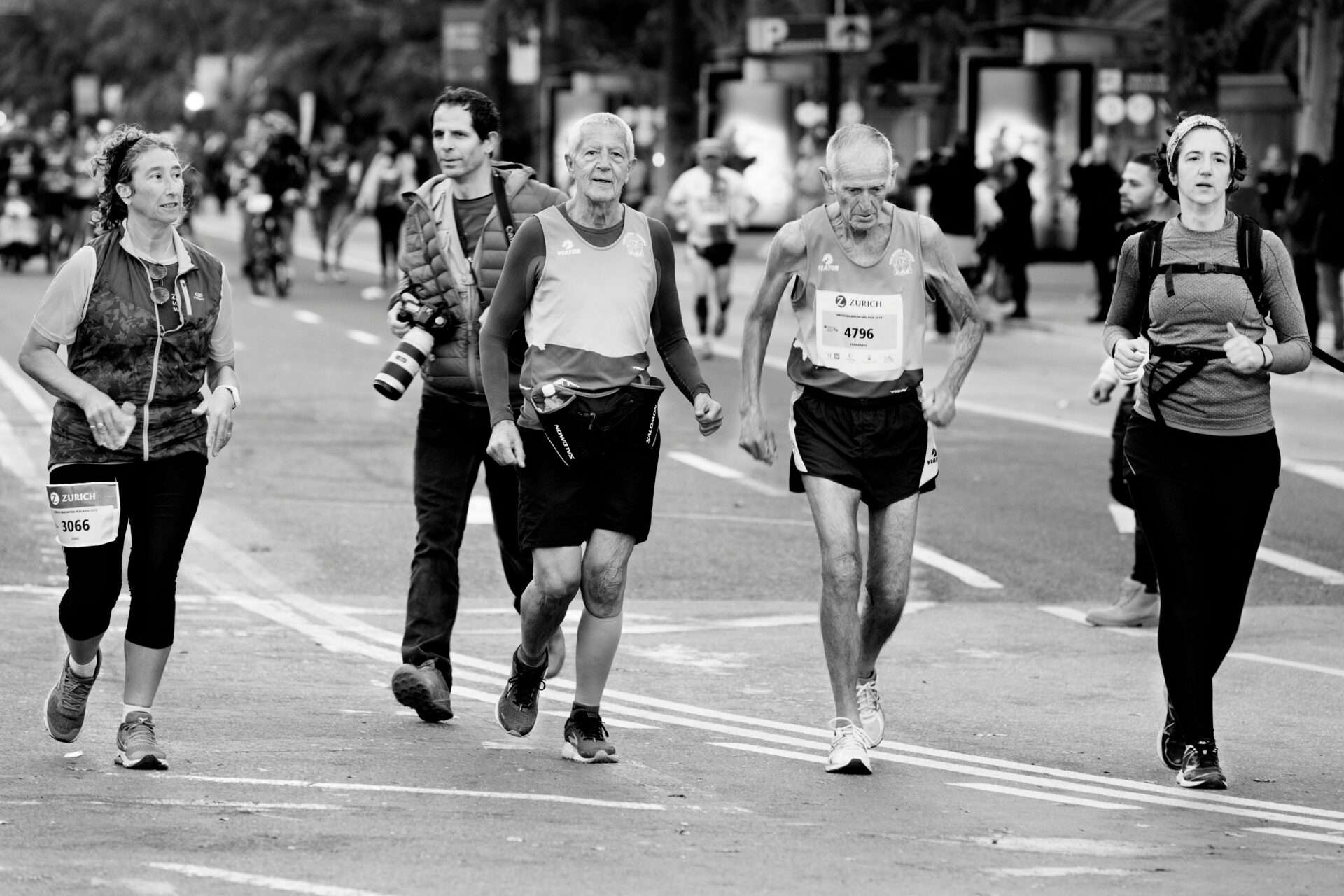The Epic Journey of Running Through Human History
From primal survival tactic to Olympic glory, running has shaped human civilization for millennia. This comprehensive exploration traces running’s remarkable evolution and its profound impact on our species.
Key Evolutionary Milestones
- Prehistoric era: Developed as essential survival skill
- Ancient civilizations: Formalized in religious and athletic traditions
- Modern era: Transformed into global competitive sport
- 21st century: Technological revolution in training and gear
Running’s Biological Origins
Evolutionary Advantages
Running provided critical survival benefits:
| Adaptation | Benefit | Timeframe |
|---|---|---|
| Bipedalism | Energy-efficient locomotion | 4-6 million years ago |
| Sweat glands | Thermoregulation | 2 million years ago |
| Spring-like tendons | Energy storage/release | 2 million years ago |
Persistence Hunting
Early humans mastered endurance running for:
- Tracking prey over long distances
- Pushing animals to heat exhaustion
- Covering 15-20 miles daily
Running in Ancient Civilizations
Egyptian Running Culture (3000-1000 BCE)
- Pharaohs ran ceremonial races
- Military messenger systems
- Depictions in tomb artwork
Greek Athletic Traditions (776 BCE+)
- Olympic footraces (stade race, diaulos, dolichos)
- Training regimens at gymnasiums
- Heroic running feats in mythology
Roman Adaptations (500 BCE-500 CE)
- Military running drills
- Chariot racing culture
- Public games and festivals
The Marathon’s Historic Legacy
Pheidippides’ Legendary Run (490 BCE)
The original marathoner:
- Ran 153 miles Athens-Sparta-Athens
- Completed in <36 hours
- Inspired modern marathon distance
Modern Marathon Timeline
| Year | Event | Significance |
|---|---|---|
| 1896 | First Olympic marathon | 24.85 mile course |
| 1908 | London Olympics | Standardized 26.2 mile distance |
| 1967 | First women’s Boston Marathon | Kathrine Switzer’s historic run |
Running’s Global Expansion
Indigenous Running Traditions
- Tarahumara: Ultra-distance running culture
- Maasai: Warrior running traditions
- Inuit: Snow running techniques
Modern Running Boom (1970s)
Key factors in running’s popularity surge:
- Publication of “The Complete Book of Running”
- New York Marathon’s citywide expansion
- Aerobics fitness movement
- Nike’s innovative shoe technology
Technological Revolution in Running
Footwear Evolution Timeline
- 1850s: Leather-soled running flats
- 1920s: Spiked track shoes
- 1970s: Cushioned training shoes
- 2010s: Carbon-plated super shoes
Digital Running Age
Modern running technologies:
- GPS watches with biometric tracking
- AI-powered training apps
- Virtual racing platforms
- Biomechanical analysis tools
Running’s Future Frontiers
Emerging Trends
- Sustainable race initiatives
- Genetic training optimization
- Augmented reality running experiences
- Global grassroots running movements
World Marathon Majors Growth
| Race | First Year | 2019 Participants |
|---|---|---|
| Boston | 1897 | 30,000 |
| New York | 1970 | 53,000 |
| London | 1981 | 42,000 |
Conclusion
Running’s journey from survival necessity to global sport reflects humanity’s enduring athletic spirit. As we continue innovating with technology while honoring ancient traditions, running remains one of our most accessible and transformative physical activities. This timeless practice connects us to our ancestors while propelling us toward new athletic frontiers.



